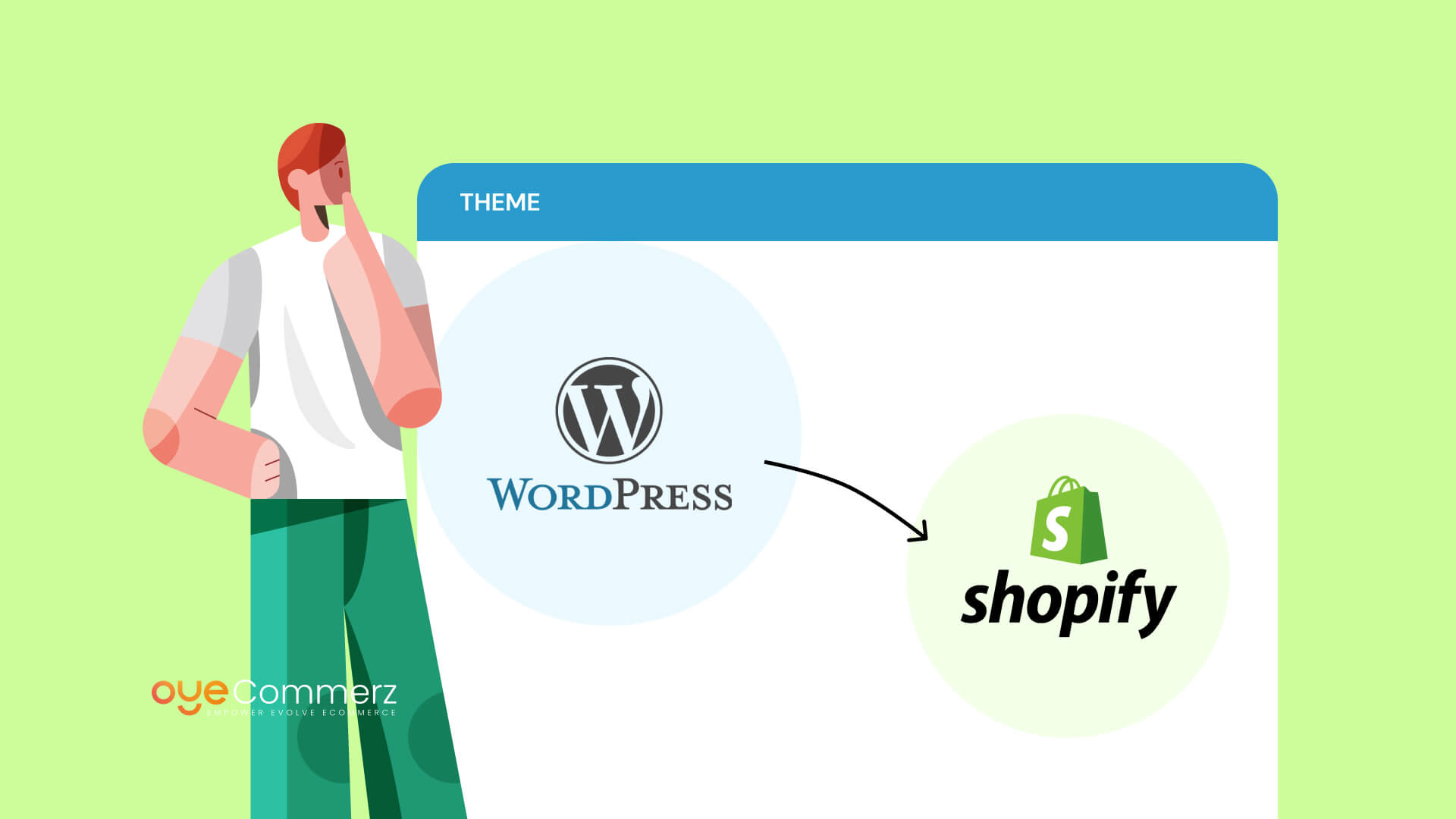The journey of an e-commerce business hinges on its ability to adapt, grow, and provide exceptional customer experiences.
If you’re planning to migrate from WordPress to Shopify, you’re likely aiming for superior performance, greater functionality, and a more future-proof platform.
This guide outlines the essential steps, strategies, and insights to ensure your migration to Shopify is successful and disruption-free.
Why Consider Moving from WordPress to Shopify?
Although WordPress is highly adaptable, managing e-commerce through plugins can hinder seamless growth.
Built for e-commerce, Shopify delivers unmatched security, scalability, and tools tailored to retailers.
With over 4.5 million e-commerce websites using Shopify globally in 2024, it is a dominant force in the industry.
Migrating to Shopify brings advantages such as streamlined order processing, advanced payment features, and better mobile responsiveness.
This is your detailed plan for a successful migration journey.
Step 1: Evaluate Your Online Store's Requirements
Start by reviewing your store’s current performance and identifying future needs.
Identify bottlenecks such as sluggish performance or excessive reliance on third-party tools.
Shopify’s native functionalities, including Shopify Payments and pre-built themes, simplify operations and boost performance.
Step 2: Create a Migration Plan
An unorganized migration process may cause disruptions, data mishandling, or extended delays.
Ensure a smooth transition by focusing on key areas like product inventory, customer data, and order history.
Utilize Shopify’s migration features and compatible apps to ensure safe data transfer and minimal disruption.
Step 3: Tailor Your Shopify Experience
Shopify’s customization options let you design a store that aligns perfectly with your brand.
Select or customize themes from Shopify’s library to improve customer interactions.
Explore themes like “Impulse” and “Prestige” for responsive, feature-rich options.
If you’re an enterprise business, Shopify Plus customization takes your branding to the next level.
Oyecommerz specializes in crafting Shopify Plus themes that align with enterprise-level e-commerce needs.
Step 4: Migrate SEO Settings
Maintaining your SEO settings is crucial to keeping your website visible in search results.
With Shopify, you can redirect outdated URLs and retain search visibility.
Use Shopify’s built-in SEO tools to manage metadata and connect analytics platforms.
Studies show that overlooking SEO during migration often leads to a drop in site traffic.
Step 5: Integrate Essential Shopify Apps
Shopify’s extensive app ecosystem offers tools to enhance store functionality and optimize performance.
Integrate apps such as Klaviyo for targeted email campaigns or Yotpo for showcasing user reviews.
For more complex requirements, Shopify API integration allows seamless Shopify customization for WordPress connection with third-party tools.
Work with Oyecommerz for custom Shopify app integrations that optimize business workflows.
Step 6: Ensure Mobile-Friendliness
In 2024, mobile devices account for nearly 60% of online transactions, making optimization essential.
Shopify themes are inherently mobile-responsive, providing a consistent shopping experience across all devices.
Simplify the checkout process for mobile users with Shopify’s secure payment tools like Shop Pay.
Enhance mobile user satisfaction by ensuring fast, intuitive browsing and purchasing.
Step 7: Prepare Your Team for Shopify
While Shopify’s interface is user-friendly, training your team ensures a smoother transition.
Familiarize your employees with Shopify’s dashboard, product management, and reporting functions.
Well-trained staff can make the most of Shopify’s features, improving overall store efficiency.
Step 8: Test Your Store Before Launch
Before going live, perform comprehensive testing to identify and fix any issues.
Ensure that all links work, redirects are in place, and product listings are correct.
Simulate purchases to confirm your store’s payment methods and checkout flow are problem-free.
Testing ensures your store is customer-ready, leaving no room for errors on launch day.
Step 9: Promote Your Migration Strategically
Turn your platform switch into a marketing event to attract attention and retain Migrate e-commerce store customers.
Send personalized emails and post updates on social media to announce your improved store.
Showcase features like faster load times and a secure checkout to build trust and excitement.
Conclusion: Empower Your Business with Shopify
Switching to Shopify is not just a migration; it’s a leap toward long-term success.
From scalability to intuitive tools, Shopify equips your store to thrive in competitive markets.
From small businesses to large enterprises, Shopify provides tailored solutions for all e-commerce needs.
Partnering with Oyecommerz ensures a smooth migration with minimal disruption to your operations.
Trust Oyecommerz to make your migration stress-free and maximize your store’s capabilities.
Ready to elevate your e-commerce strategy with Shopify? Let’s discuss your journey to success.
